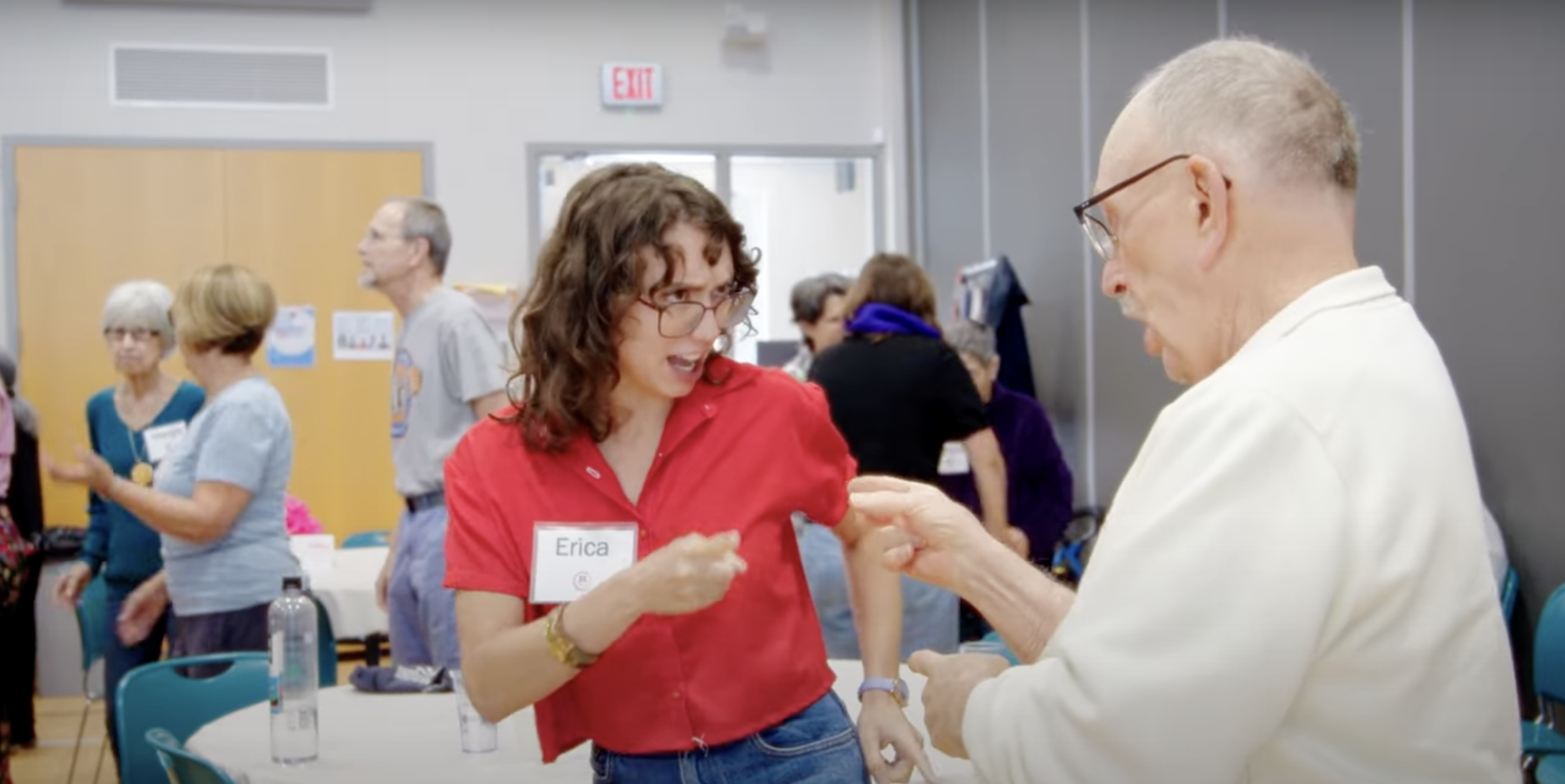Teaching
Sociology
I work each day to create a community of care in the classroom that encourages students to take intellectual risks. I use critical pedagogy to meet students where they are and teach them tools to creatively address social problems.
-
In this course, students learn foundational and contemporary theories about the sociology of work, apply these theories to understand current workplace problems, and create structural solutions to improve these issues.
I have taught this course as the instructor of record for five semesters at UNC-Chapel Hill.
-
I teach social stratification through the lens of intersectionality. We use intersectionality theory to frame social stratification during the second week of class and then approach each course unit as an axis of inequality.
At the end of the course, students work in small groups to create zines that incorporate themes from each group member’s final essay and suggest ideas for a more equitable future.
I use ungrading in this course as a hands-on way to address inequality in educational outcomes. Students set learning goals at the start of the semester and complete several assignments to reflect on their progress toward these goals. I provide extensive written feedback on these reflections and on their academic work. Students use my feedback and their reflections to suggest a grade appropriate for their growth and personal achievements.
I have taught this course as the instructor of record for one semester at UNC-Chapel Hill.
-
This seminar will explore how a feminist ethic of care can inform how we understand the allocation of care and caring labor in society. If we all need care at some point in our lives, why is social participation often defined in economic terms rather than in caring terms? Why do direct care workers experience low pay and poor working conditions? How could society be structured to support care for everyone? Students will learn foundational and contemporary theories in feminist care ethics and apply these to current issues in care. Students will end the course with a term paper proposing an intervention that either (1) improves a system of care or (2) improves our sociological understanding of care.
-
I have supported students as a teaching assistant in the following courses:
Participant Observation and In-Depth Interviewing (Graduate course)
Social and Economic Justice
Race and Ethnicity
Social Theory
The Labor Force
Data Analysis
In addition to the courses above, I am prepared to teach sociology courses in gender, disability, aging, and qualitative methods (including ethnography, in-depth interviewing, and community-engaged research).
Teaching dementia friendly dance at the Seymour Center; Still from Respite for All A Place of Belonging
Dance
I teach dance to people of all ages. My teaching focuses on promoting personal autonomy and anatomical safety. I help students find joy, pleasure, and fun in movement.
-
In this class, we explore ways of generating movement that draw on Laban movement analysis and somatic practices.
-
This is a traditional Western modern/contemporary dance class with a warmup, center work, and movement across the floor. Class begins with a grounded somatic warmup and transitions to using anatomical prompts to rethink familiar center combinations.
I bring together principles from a mix of contemporary movement modalities (including release technique, Postural Restoration Institute physical therapy, Axis syllabus, Countertechnique, and Limón technique).
-
Students choose a central theme that we investigate together using choreographic tools. Students learn ways to generate, revise, and combine movement in relationship to each other and the space. This course can optionally conclude with an informal showing.
-
This course integrates principles from Postural Restoration Institute physical therapy with Cecchetti ballet to teach ballet fundamentals in a way that is anatomically sustainable.
-
I teach dance improvisation, dance exercise, and collaborative choreography to people living with dementia. I adapt classes in the moment to what students need on any given day. We work together to connect our movement to the music and to have fun.
I can adapt any of the classes above for one-time workshops.
Singing and dancing at R Place, a respite program at the Seymour Center; Still from Respite for All A Place of Belonging

